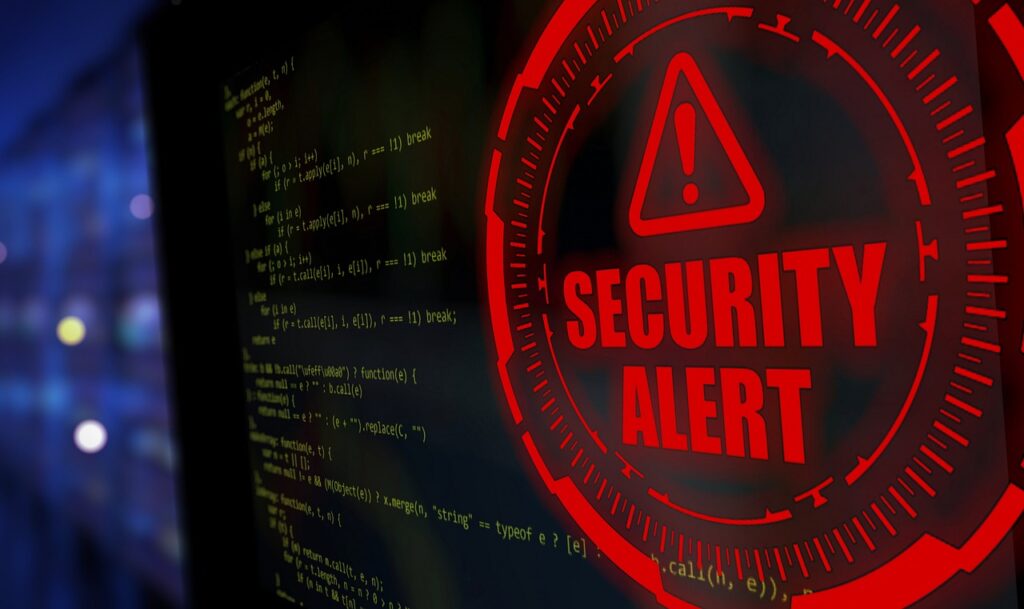Would you like an in-depth guide on any of these threats? Let us know in the comments!

These days, cybersecurity threats are evolving alarmingly. Businesses of all sizes are vulnerable to cyberattacks that can lead to financial losses, reputational damage, and even legal repercussions. Understanding these threats is crucial to protecting your enterprise. Here are the top 10 cybersecurity threats that can cripple your business in 2025 and how to defend against them.
1. Ransomware Attacks
Ransomware is a form of malware that encrypts a victim’s data and demands a ransom for decryption. The rise of Ransomware-as-a-Service (RaaS) has made it easier for cybercriminals to launch attacks. High-profile cases like the Colonial Pipeline attack show how devastating ransomware can be.
Defence Strategy:
- Regular data backups
- Advanced endpoint protection
- Employee training on phishing awareness
🔗 Ransomware Protection Guide – CISA
2. Phishing and Social Engineering
Phishing remains one of the most common attack vectors. Cybercriminals trick employees into revealing sensitive information through deceptive emails, messages, or phone calls.
Defence Strategy:
- Implement email filtering tools
- Train employees to recognize phishing attempts
- Use multi-factor authentication (MFA)
🔗 Google’s Phishing Protection Guide
3. Insider Threats
Not all cybersecurity threats come from external hackers. Disgruntled employees or negligent insiders can cause significant harm by leaking confidential data or misusing credentials.
Defence Strategy:
- Conduct background checks on employees
- Restrict access to sensitive information
- Monitor employee activities with security software
4. Supply Chain Attacks
Cybercriminals increasingly target third-party vendors with weak security measures to infiltrate larger networks. Attacks like SolarWinds and Kaseya have shown the devastating impact of supply chain vulnerabilities.
Defence Strategy:
- Vet third-party vendors carefully
- Require suppliers to adhere to strict cybersecurity policies
- Implement zero-trust architecture
🔗 NIST Supply Chain Cybersecurity Framework
5. Zero-Day Exploits
Zero-day vulnerabilities are security flaws unknown to software vendors and can be exploited before a patch is released. These attacks are often used to breach systems undetected.
Defence Strategy:
- Keep all software updated
- Deploy behavior-based threat detection
- Participate in bug bounty programs
6. AI-Powered Cyber Threats
Cybercriminals leverage AI to create more sophisticated attacks, such as deepfake scams and AI-driven phishing emails. This makes distinguishing between real and fake communications increasingly difficult.
Defence Strategy:
- Use AI-based cybersecurity tools
- Verify communications from unknown sources
- Continuously update fraud detection systems
🔗 AI & Cybersecurity – IBM Research
7. Cloud Security Breaches
As businesses move to cloud-based infrastructures, cybercriminals exploit misconfigurations and weak access controls to breach cloud environments.
Defence Strategy:
- Implement strict access controls and encryption
- Regularly audit cloud security settings
- Use cloud security posture management (CSPM) tools
🔗 AWS Cloud Security Best Practices
8. Internet of Things (IoT) Vulnerabilities
IoT devices, from smart office equipment to industrial control systems, present new attack surfaces for cybercriminals. Unsecured IoT networks can be entry points for larger cyberattacks.
Defence Strategy:
- Secure IoT devices with strong passwords
- Segment IoT networks from critical systems
- Update firmware regularly
9. Business Email Compromise (BEC)
BEC scams involve attackers impersonating executives or business partners to manipulate employees into transferring money or sharing sensitive data.
Defence Strategy:
- Educate employees about BEC threats
- Implement verification protocols for financial transactions
- Use email authentication standards like DMARC, SPF, and DKIM
🔗 FBI Business Email Compromise Report
10. Quantum Computing Threats
With advancements in quantum computing, traditional encryption methods may become obsolete, putting sensitive business data at risk.
Defence Strategy:
- Stay informed about post-quantum cryptography developments
- Transition to quantum-safe encryption methods
- Work with cybersecurity experts on future-proofing data security
🔗 Quantum Cryptography by NIST

Conclusion
Cybersecurity threats continue to evolve, and businesses must stay proactive in defending against these risks. Investing in employee training, advanced security solutions, and a zero-trust approach can help safeguard your organization from potential cyber disasters.
#cybersecurity #dataprotection #infosec #cyberthreats #staysafeonline #digitalsecurity
Stay Connected for more updates!
